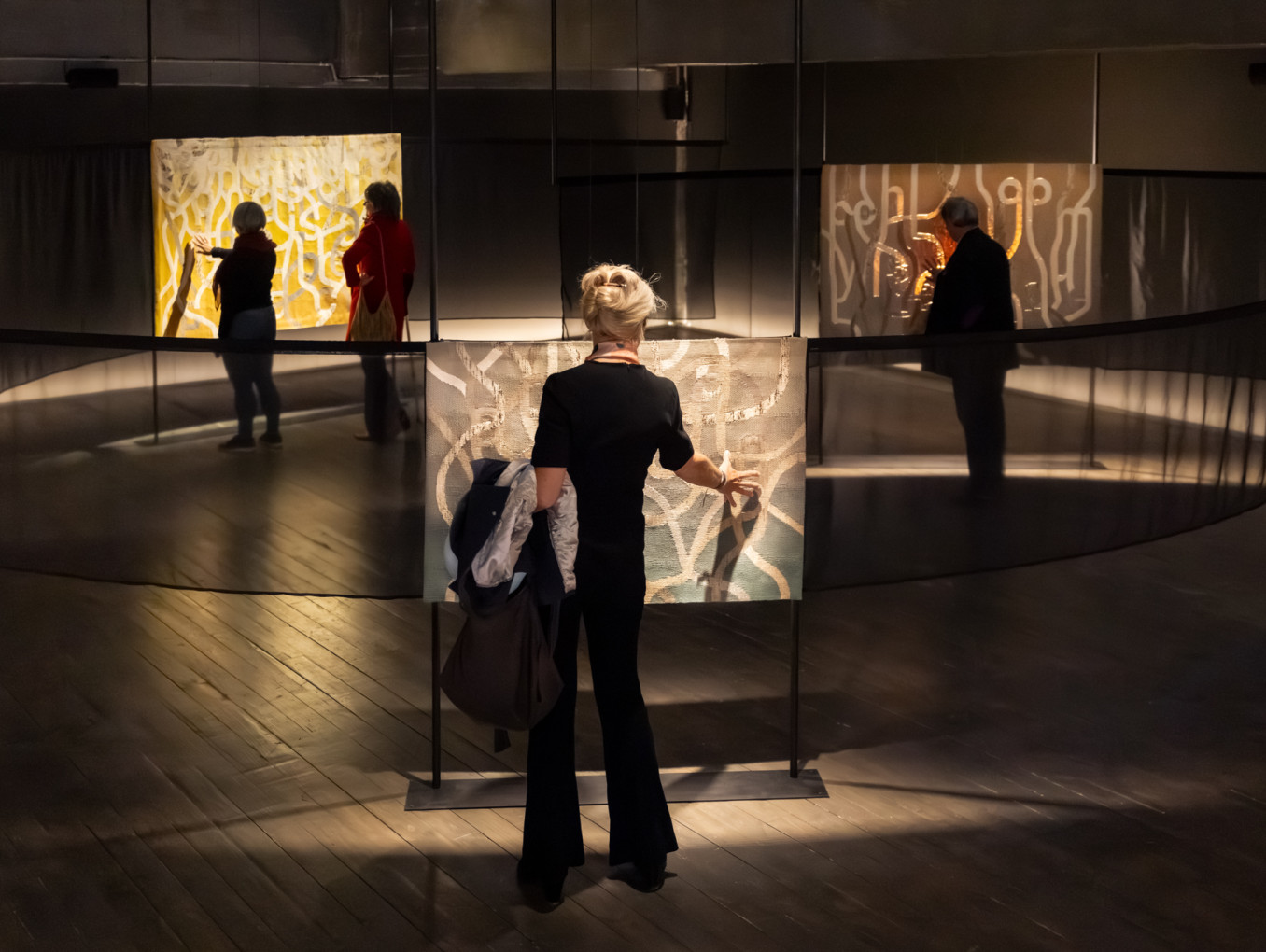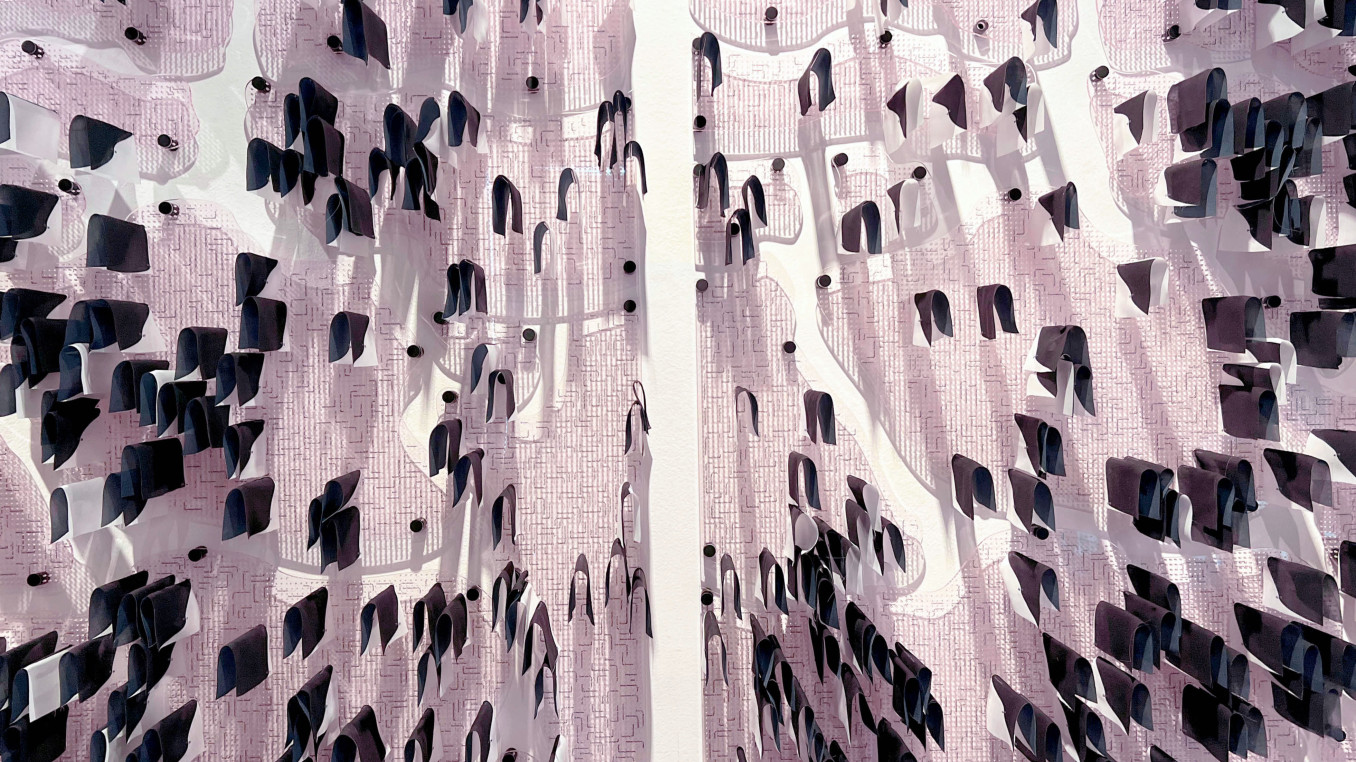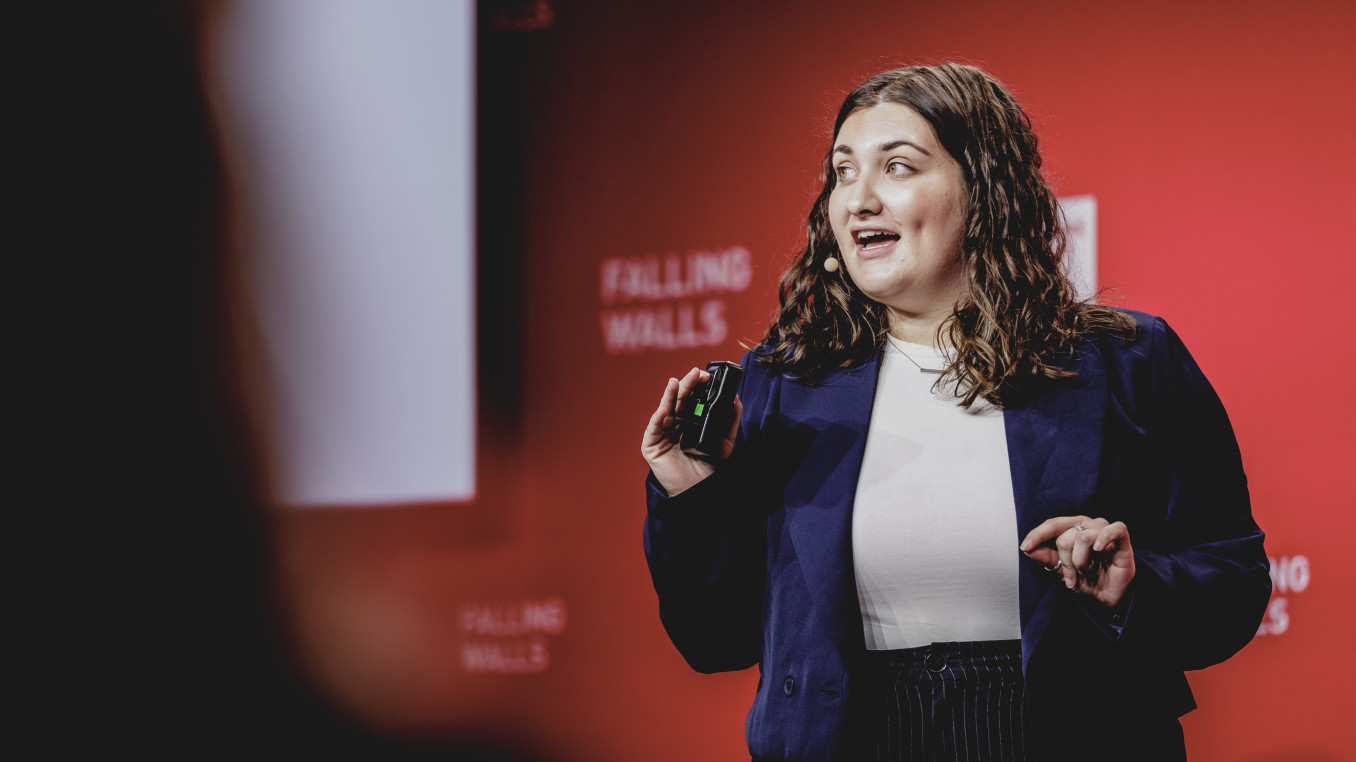Breaking the Wall of Craft and Technology
Breaking the Wall of Craft and Technology
Global Call 2025 Finalist Interview: Art & Science
Rooted in textiles, performance and installation, Chloe Bensahel’s work addresses the relationship between narrative and material, text and textile. Inspired by the historical relationship between textiles and technology, she examines how materials carry stories the way bodies do, sometimes covertly as embodied or coded language.
Since 2019, Bensahel has been developing interactive tapestry work using ancient textile techniques in collaboration with musicians and composers. Previous projects include collaborations with Google Arts and Culture Foundation, The Cooper Hewitt, Design Museum and Palais de Tokyo. She was awarded a 2024 MIT CAST visiting artist residency with Future Sketches, supported by Villa Albertine and the Bettencourt Schueller Foundation to research magnetic core memory, a technology woven in the 1960s by textile factory workers for the NASA space missions. Upcoming projects include a collaboration between Future Sketches and IRCAM in Paris, supported by MISTI France.
Which wall does your research or project break?
Weaving Hybridity seeks to break down walls between craft and technology. The work is simultaneously handmade in a centuries-old weaving tradition yet is a digital interface. The project also seeks to break down walls between natural elements, like invasive plant species, and technology, so that conductive thread can give a voice to plant-based materials. This work also seeks to break down walls between nations and cultures to imagine a more hybrid version of cultural narrative that doesn't endanger the idea of a united nation. Instead, it asks whether, like the plant world in which invasive plants coexist with native plants, we can find a way to co-exist by celebrating difference. Finally, this work breaks down walls between the spectator and the work, since the public is invited to touch the work, thus becoming part of it.
What is the main goal of your research or project?
Weaving Hybridity is an exhibition and installation that seeks to question the notion of belonging to a single place. It is made up of multiple works including the Transplants, an installation made of three interactive tapestries using invasive plant species, paired with conductive technologies that allow the woven plants to sing when touched. This work was realised in collaboration with a chamber choir music group called La Tempête that composed sounds from multiple parts of the mediterranean region. This work as well as the installation itself invites the audience to consider how many cultures and stories can exist within a single body, a single work. Technology serves as an almost invisible support to this mission, with handmade tapestries realised in Aubusson, France, a tradition that has been recounting France's history of supremacy for centuries. Through this installation, and exhibition, traditional French techniques are used to instead present culturally ambiguous objects in order to redefine a collective national identity based on hybridity, between cultures, materials and disciplines.
What advice would you give to young scientists or students interested in pursuing a career in research, or to your younger self starting in science?
My advice would be to write to people in research who are as obsessed with something as you are. Most of the time, you can find a side door into a lab. It's helpful to remember that scientists are just creative people who work in laboratories. Also, learn a technical skill that scientists can respect.


